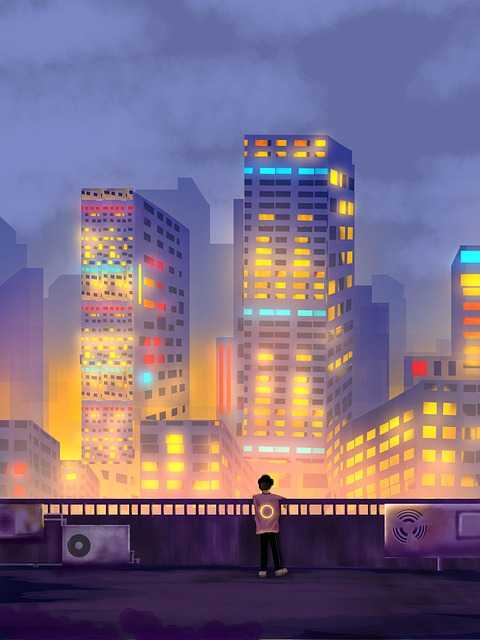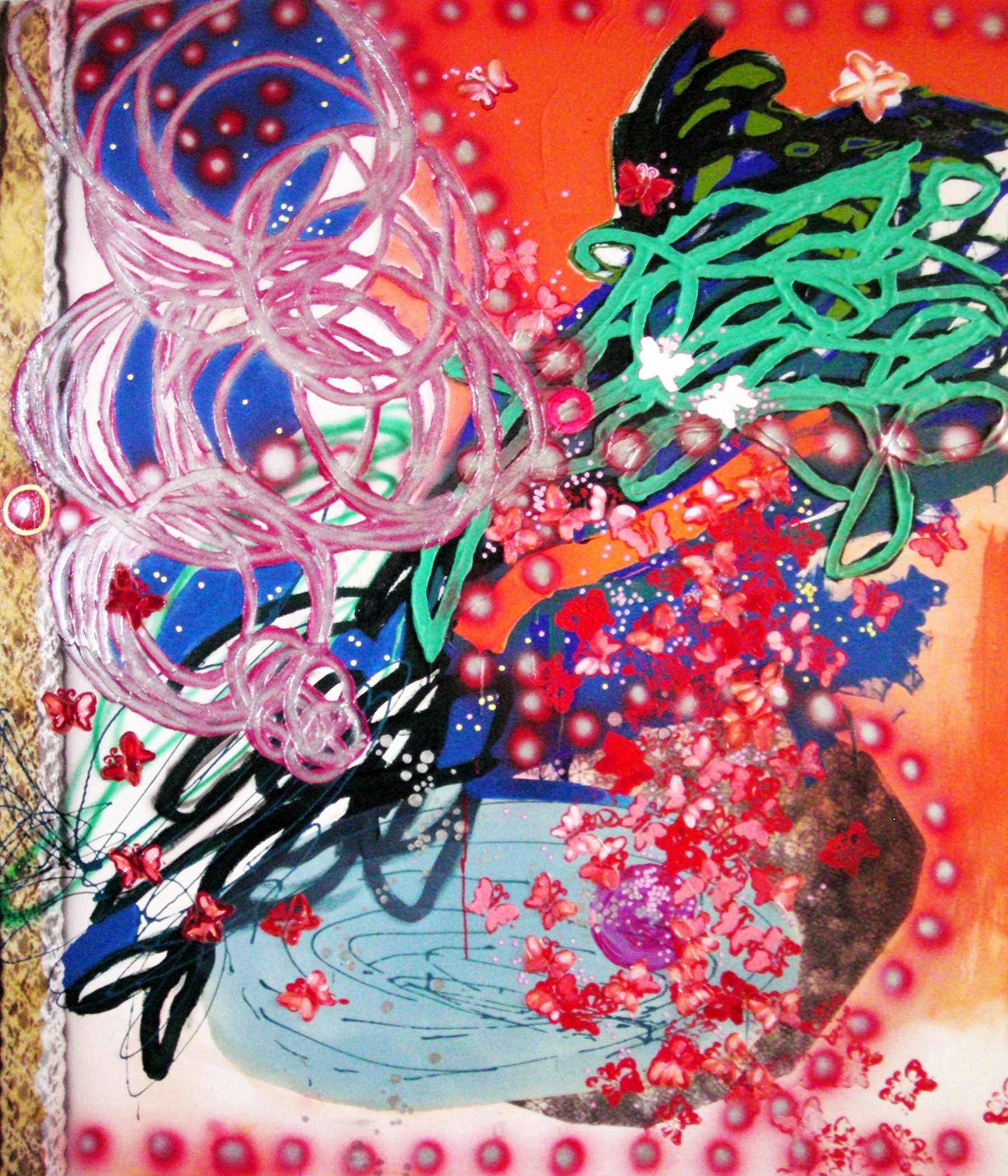Table of Contents
- Exploring the Evolution of Artistic Expression in the 2000s
- The Rise of Digital Art and Its Impact on Contemporary Practices
- Diverse Voices: How Global Artists Shaped the Modern Art Scene
- The Intersection of Technology and Art: New Mediums and Platforms
- Navigating Contemporary Art Collections: Tips for New Collectors
- Q&A
- Wrapping Up
Exploring the Evolution of Artistic Expression in the 2000s
The 2000s marked a significant shift in artistic expression, characterized by a vibrant interplay of traditional techniques and digital innovation. Artists began to embrace technology as a tool for creativity, leading to the emergence of various movement trends that blurred the lines between different mediums. Digital art, for instance, gained unprecedented popularity, enabling creators to explore new avenues such as interactive installations and virtual reality experiences. This decade also witnessed the rise of street art, pushing boundaries and forging a connection with the urban environment, transforming mundane settings into canvases of sociopolitical commentary.
As a response to the globalization of culture, artists in the 2000s increasingly drew upon diverse influences, leading to a subversion of traditional art forms. The internet became a central platform for artists to disseminate their work, allowing for the cross-pollination of ideas across geographical borders. Movements such as Benshi in Japan and herbivore men in the art sphere examined themes of masculinity and identity through contemporary lenses. Artists increasingly tackled issues of race, gender, and environment, encouraging audiences to confront uncomfortable truths through their works.
| Art Movement | Key Characteristics | Notable Artists |
|---|---|---|
| Street Art | Public spaces, graffiti, political messages | Banksy, Shepard Fairey |
| Digital Art | Use of digital tools, virtual installations | Ryoji Ikeda, Casey Reas |
| Post-Internet Art | Integration of internet culture, critique of consumerism | Amalia Ulman, Jon Rafman |
This decade laid the groundwork for many contemporary trends in the art world today, where the ethos of collaboration, experimentation, and accessibility continues to redefine how art is perceived and created. The fusion of art with technology not only expanded the artist’s toolkit but also democratized artistic expression, allowing audiences to engage with art in more intimate and immersive ways. As we reflect on this transformative era, it becomes clear that the 2000s were pivotal in shaping the future of artistic expression.


The Rise of Digital Art and Its Impact on Contemporary Practices
The advent of digital technology has dramatically transformed artistic expression, positioning digital art at the forefront of contemporary practices. Artists today leverage software and digital tools to create visually striking works that both challenge traditional notions of art and explore new creative avenues. This evolution has encouraged experimentation with form and medium, allowing artists to blend themes ranging from the personal to the political in ways that resonate with diverse audiences.
Key characteristics defining the rise of digital art include:
- Accessibility: Unlike traditional art forms, digital tools are often more affordable and available, making it easier for aspiring artists to enter the field.
- Interactivity: Digital art often incorporates multimedia elements, inviting viewer engagement in unique ways, such as through augmented reality.
- Collaboration: The online nature of digital art fosters global collaboration, enabling artists from different backgrounds to work together seamlessly.
Moreover, the impact of digital art can be observed in various sectors, including:
| Sector | Impact |
|---|---|
| Fine Arts | Digital exhibitions and galleries expand access and visibility for artists. |
| Marketing | Branding is increasingly reliant on digital visuals that attract and retain consumer attention. |
| Education | Online courses and resources democratize learning about art and technique. |


Diverse Voices: How Global Artists Shaped the Modern Art Scene
In the evolving landscape of contemporary art, a multitude of global artists have infused their diverse perspectives, fostering a rich tapestry of creativity that transcends borders. Emerging from varied cultures and backgrounds, these artists have reshaped the narrative of modern art through innovative expressions that challenge preconceived notions. Their contributions have been pivotal in fostering dialogues around identity, society, and politics, often intertwining personal experiences with broader cultural themes.
Key figures in the 2000s include trailblazers from different regions who have redefined the art scene. Not only have they introduced new techniques and styles, but they have also raised awareness on pressing global issues. Some notable names encompass:
- Yayoi Kusama: Known for her iconic polka dot patterns and immersive installations.
- Banksy: The elusive street artist who combines satire with social commentary.
- Ai Weiwei: A vocal advocate for human rights, using art as a form of protest.
The influence of these artists can be measured through their participation in major exhibitions and their impact on the art market. Below is a snapshot showcasing their contributions:
| Artist | Medium | Theme | Notable Work |
|---|---|---|---|
| Yayoi Kusama | Installation | Mental Health | Infinity Mirror Rooms |
| Banksy | Street Art | Consumerism | Girl with Balloon |
| Ai Weiwei | Mixed Media | Political Freedom | Sunflower Seeds |
These influential artists not only reflect the challenges and complexities of their times through their work but also inspire future generations to embrace the power of art as a tool for change. As the modern art scene continues to evolve, the voices of these global contributors remain crucial in weaving together a narrative that celebrates diversity and creativity.


The Intersection of Technology and Art: New Mediums and Platforms
The fusion of technology and art has transformed the creative landscape of the 2000s, giving rise to innovative mediums and expanding access to artistic platforms. Artists today harness digital tools not only to create but to also interact with audiences in unprecedented ways. Virtual reality (VR) and augmented reality (AR) have emerged as powerful vehicles for artistic expression, allowing creators to craft immersive experiences that transport viewers beyond traditional gallery walls. Participation in art creation has evolved, fostering community through platforms like social media where sharing and collaboration redefine artistic interaction.
The prevalence of digital art tools and software has democratized the creative process. Artists can now utilize powerful graphic design applications and 3D modeling software to experiment without the limitations of physical materials. This has led to the rise of various artistic styles, including generative art, where algorithms and coding become tools for expression. Here are some popular digital art forms and their defining characteristics:
- Generative Art: Art created using algorithms and randomness.
- 3D Design: Art made using virtual elements that exist in three dimensions.
- Digital Painting: Techniques that mimic traditional painting using digital tools.
- Interactive Installations: Works that involve viewer participation, often through QR codes or online interaction.
Alongside these new methods, platform evolution continues to play a vital role in the intersection of art and technology. Online galleries and marketplaces like Saatchi Art and ArtStation serve as vital spaces for artists to showcase their work and connect with an audience far beyond their immediate geographic location. The global reach of these platforms has encouraged artists to find their communities, experiment, and thrive in a dynamic artistic ecosystem. Moreover, collaboration can now occur across borders, enabling artists to work together and create multicultural masterpieces, pushing the boundaries of what art can represent in the modern world.


Navigating Contemporary Art Collections: Tips for New Collectors
Embarking on the adventure of collecting contemporary art can be exhilarating yet daunting. To establish a meaningful collection, it’s essential to develop your personal aesthetic. Visit galleries, exhibitions, and art fairs to immerse yourself in various styles. Take note of the pieces that resonate with you, and don’t shy away from making observations about what you appreciate—whether it’s the colors, themes, or techniques being utilized. Consider keeping a journal to document your feelings, thoughts, and any particular artists that intrigue you.
Understanding the art market and trends is equally crucial. As a new collector, educate yourself about artists who are gaining recognition and those who hold significant historical value. Follow reputable art publications and websites, subscribe to newsletters, and engage with online art communities to stay informed. Here are some valuable tips:
- Attend lectures and discussions at local art institutions.
- Connect with fellow collectors to share insights.
- Research the provenance and background of the works you’re interested in.
when it comes to purchasing art, consider budget and investment potential. Set a clear budget before making any acquisitions to avoid impulse buys that could lead to buyer’s remorse. Analyze how each piece aligns with your collection goals, whether for personal enjoyment or investment. Below is a simplified table illustrating basic budget categories to help guide your decisions:
| Category | Budget Range |
|---|---|
| Emerging Artists | $100 – $1,000 |
| Established Names | $1,000 – $10,000 |
| Blue-Chip Pieces | Above $10,000 |
